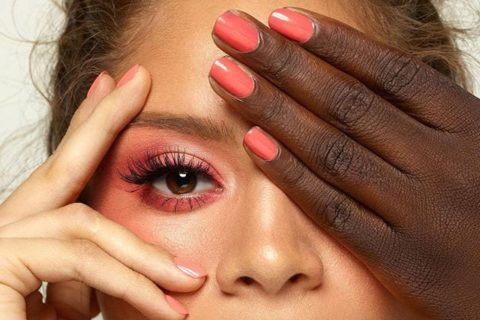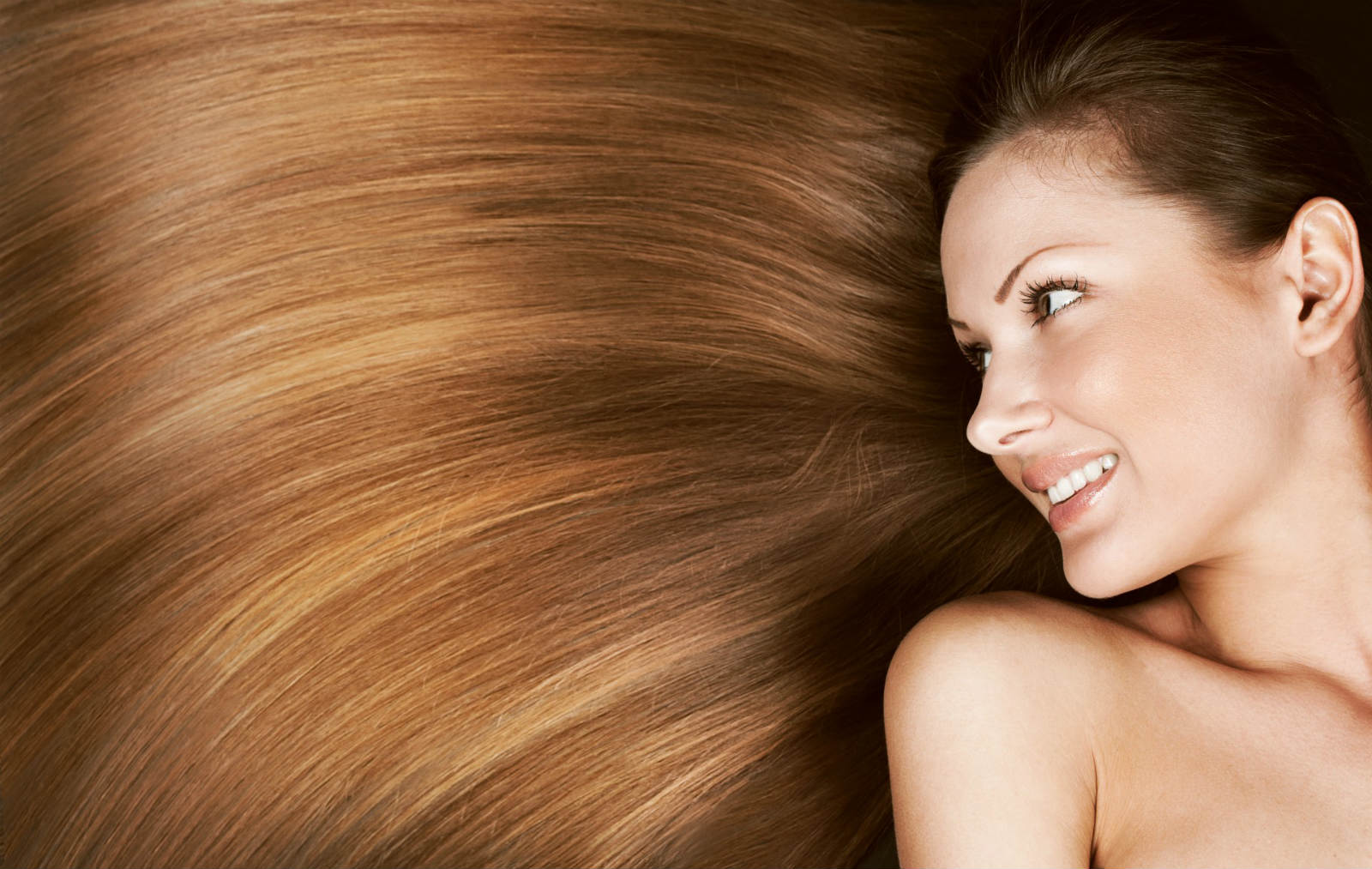How do you get rid of the white zoan?

How do you get rid of the white zoan?
How do you get rid of the white zoan?
White Ziwan takes the form of white pimples that appear on the skin of the face, and it is difficult to get rid of them easily. Preventing its appearance is possible and getting rid of it requires specific steps that are applied at home or in the dermatologist’s office.
In the cosmetic field, this zodiac is defined as small white cysts between 1 and 2 millimeters in diameter. These cysts mainly appear around the eyes, on the eyelids, around the wings of the nose, and on the forehead. They are harmless, but annoying, and can not be easily disposed of. The composition of the white beetle differs from the black beetle, the first is the result of accumulation of melanin or the oily secretions under the skin, and the second is due to the accumulation of impurities in the pores.
Reasons for its appearance
The types of white zwan appear in newborns as well as in adults, and the reasons for their appearance after puberty are many. Experts in this field distinguish between two types of white tares: primary and secondary. In the first case, this tar is formed as a result of the accumulation of keratin due to a defect in the mechanism of disposal of dead cells, which leads to blockage in the pores of the skin and the formation of small white pimples. In the second case, the white tar is formed as a result of obstructions that appear in the vessels leading to the surface of the skin after a wound, burn, or excessive exposure to the sun, but also after a laser treatment or chemical peeling.
Women are usually affected by this cosmetic problem more than men, and this is due to the repeated use of cosmetic care products that are not suitable for the nature of the skin, which may cause sensitivity due to its harshness on the skin. Preventing the appearance of white lining depends on adopting a cosmetic care routine that suits the type of skin, in addition to avoiding products with very rich formulations. These rules also apply to the use of thin make-up products that do not suffocate the skin, and therefore it is recommended to stay away from foundations and concealers with very thick formulas and replace them with thin and transparent formulas.
How do you get rid of it?
Some people may think that it is possible to puncture these white pimples easily, but this is very difficult and may expose the area on which they appear to infections or scars without eliminating the white zits. To get rid of them, you need to adopt a cosmetic routine that starts with cleaning the skin well morning and evening using a cleansing gel or foam that rids the surface of the skin of polluting particles, makeup residues, and dead cells that contribute to clogging pores. You should also make sure to apply sun protection cream throughout the year.
At home and in the clinic:
It is possible to try to get rid of this white tar at home by exposing the skin for 10 minutes to a steam bath rising from a bowl of hot water, or to a machine dedicated to facial sauna that is very effective in purifying the skin. This step allows to expand the pores of the skin and facilitates the step of removing impurities and pimples that disturb them. You can add to this steam bath a few drops of tea tree essential oil or rose essential oil, as they help control sebum secretions and constrict the pores of the skin after deep cleansing.
After the steam bath, it is time to exfoliate the skin with a lotion rich in fruit citrus extracts to rid it of dead cells and white tar. But in the event that this step was not able to eliminate this zoon, the help of a dermatologist should be sought, who in this case uses a very thin needle to puncture these pimples and empty their keratin content. This procedure is usually quick, painless, and does not leave any scar on the skin. After that, the doctor prescribes the use of a cream rich in retinol, in addition to sessions of acid peeling or skin scraping, which contributes to the renewal of the skin and rid it of all visible impurities on its surface.






